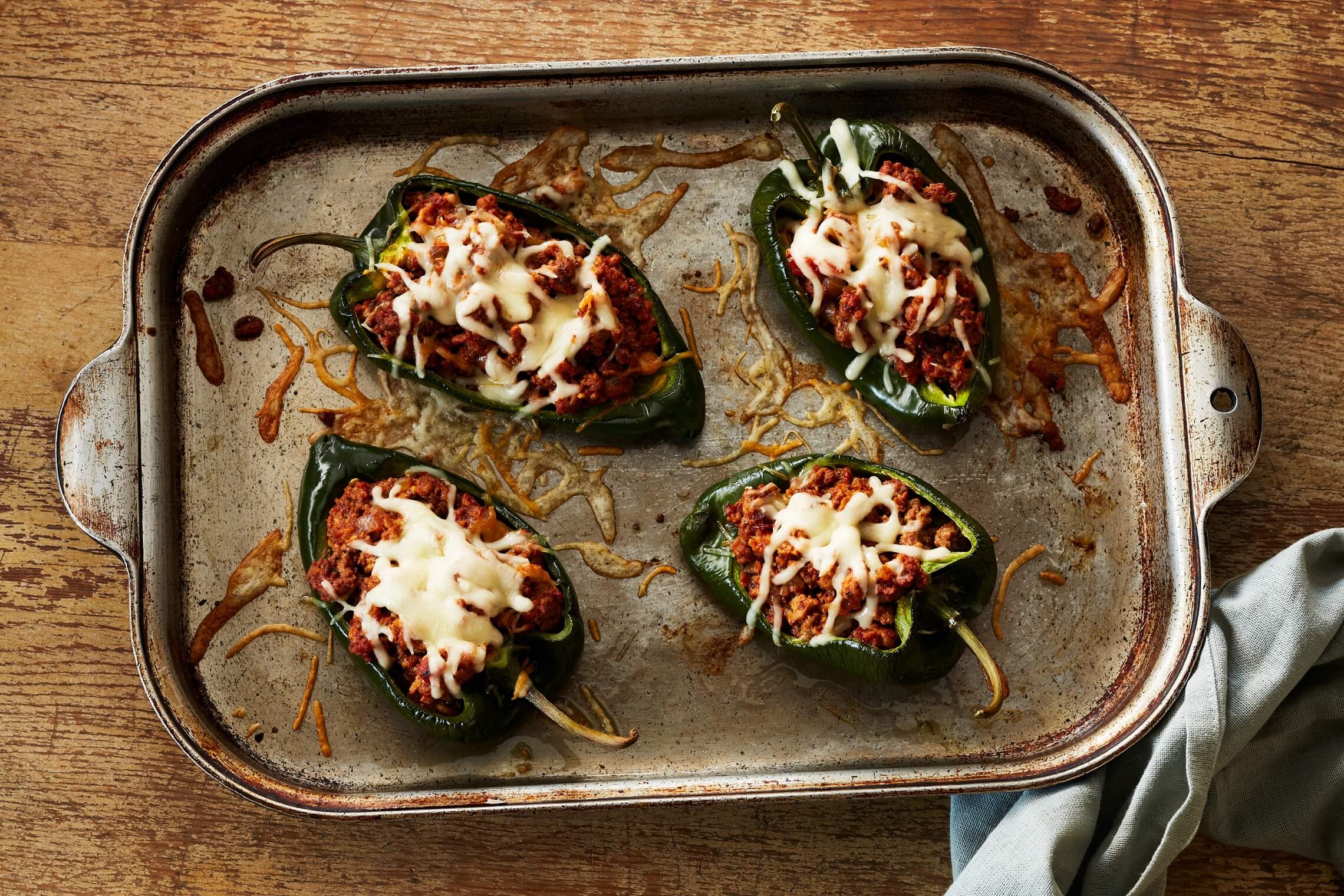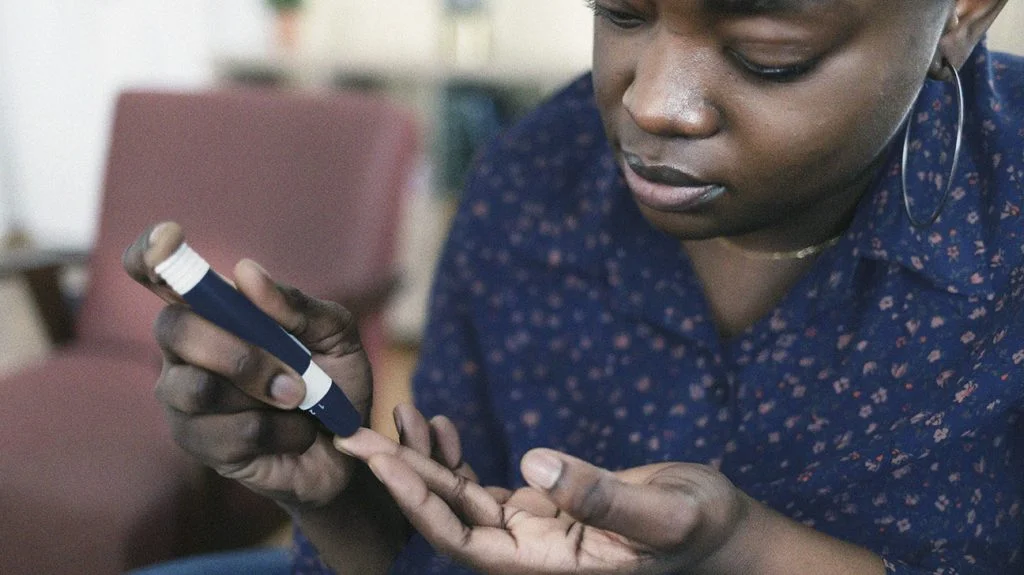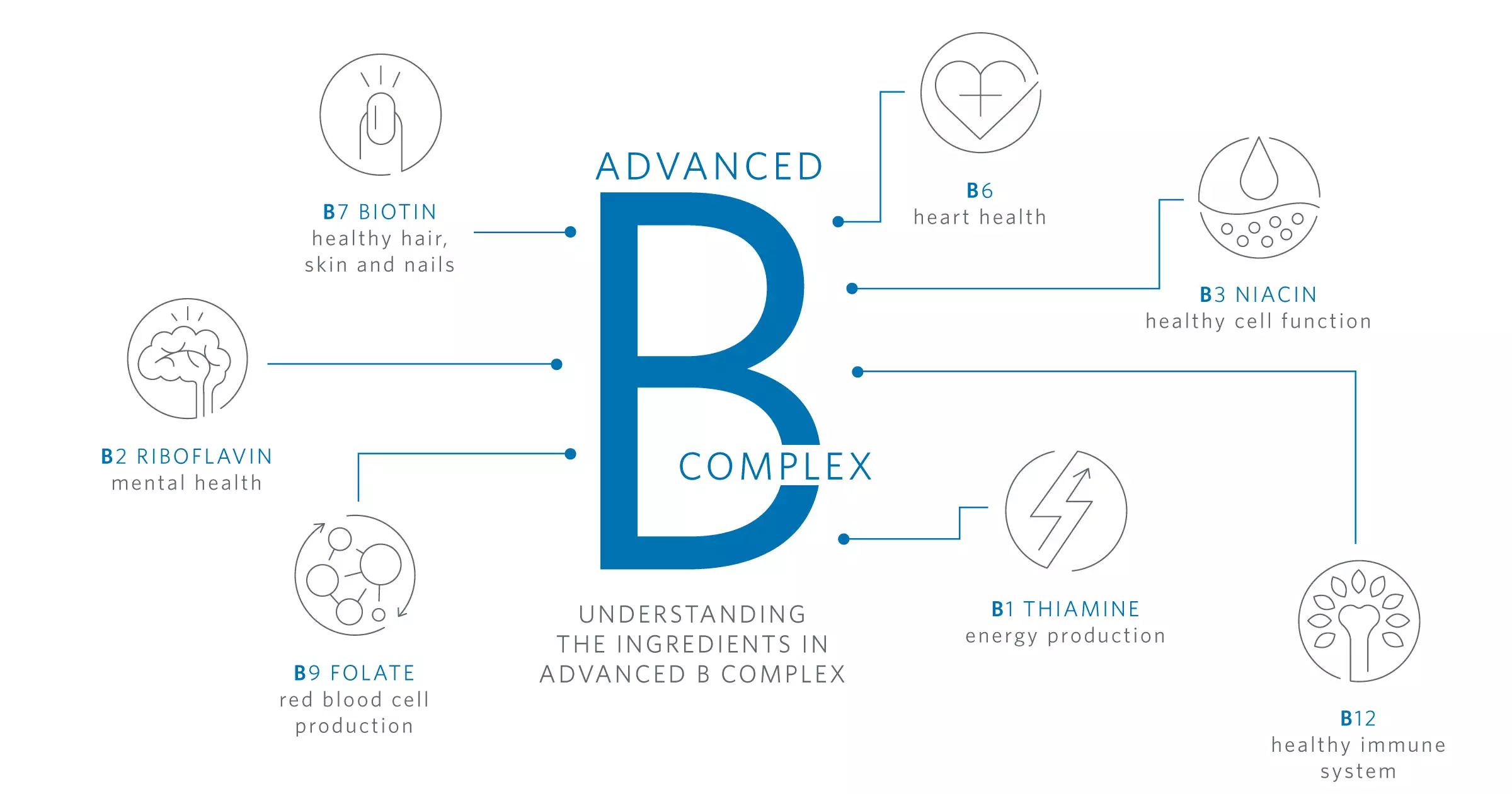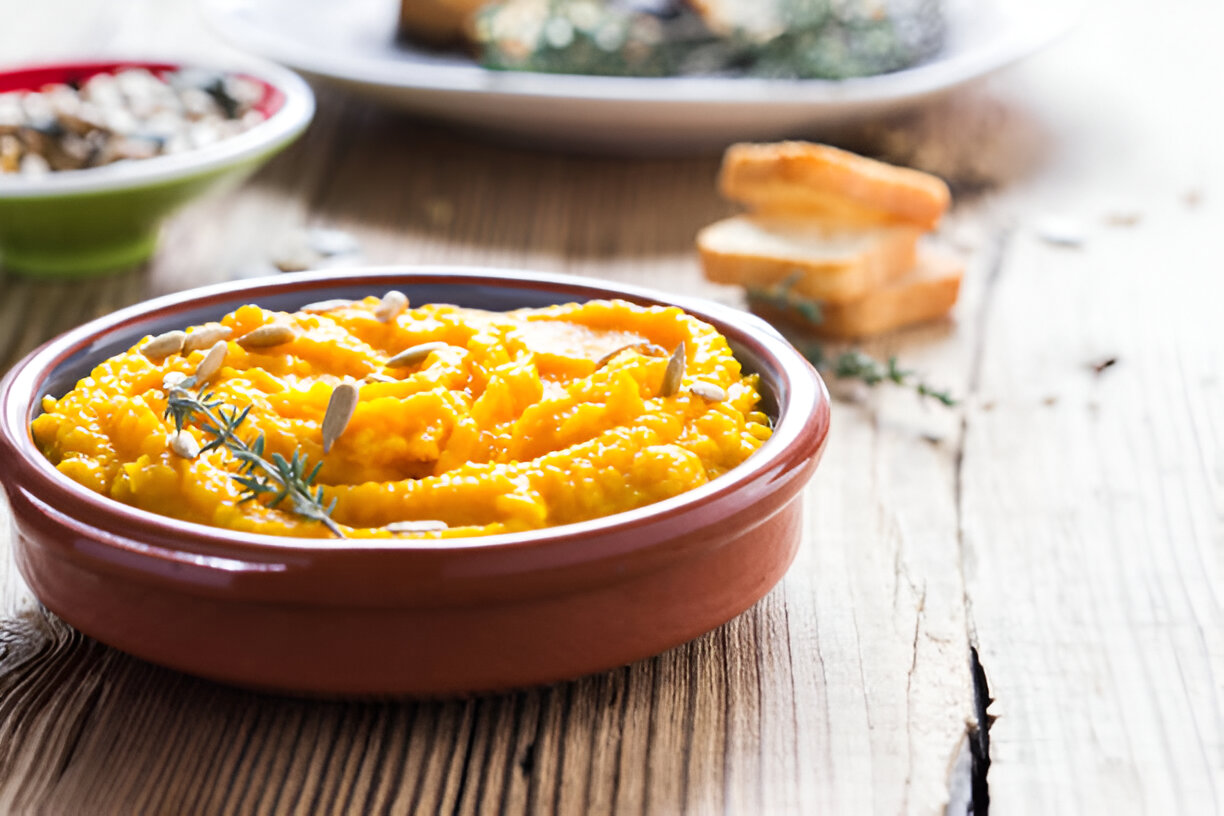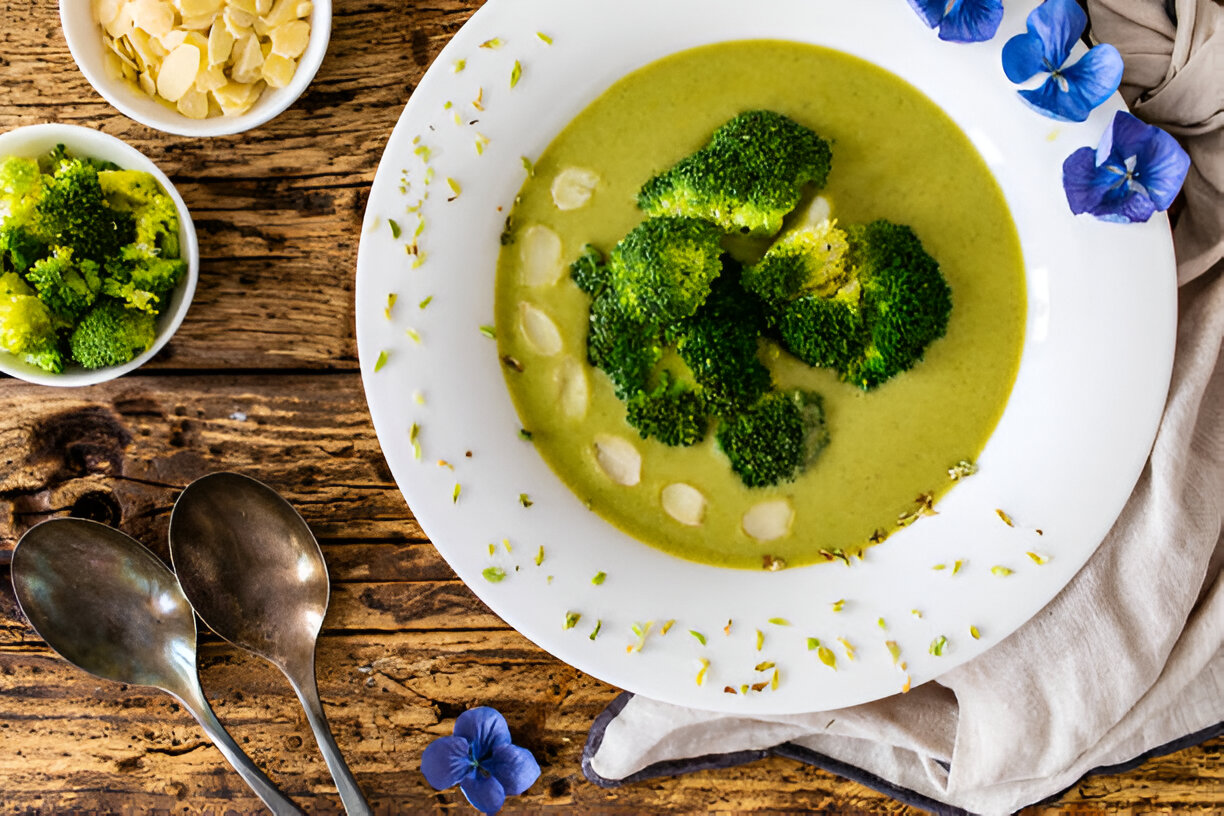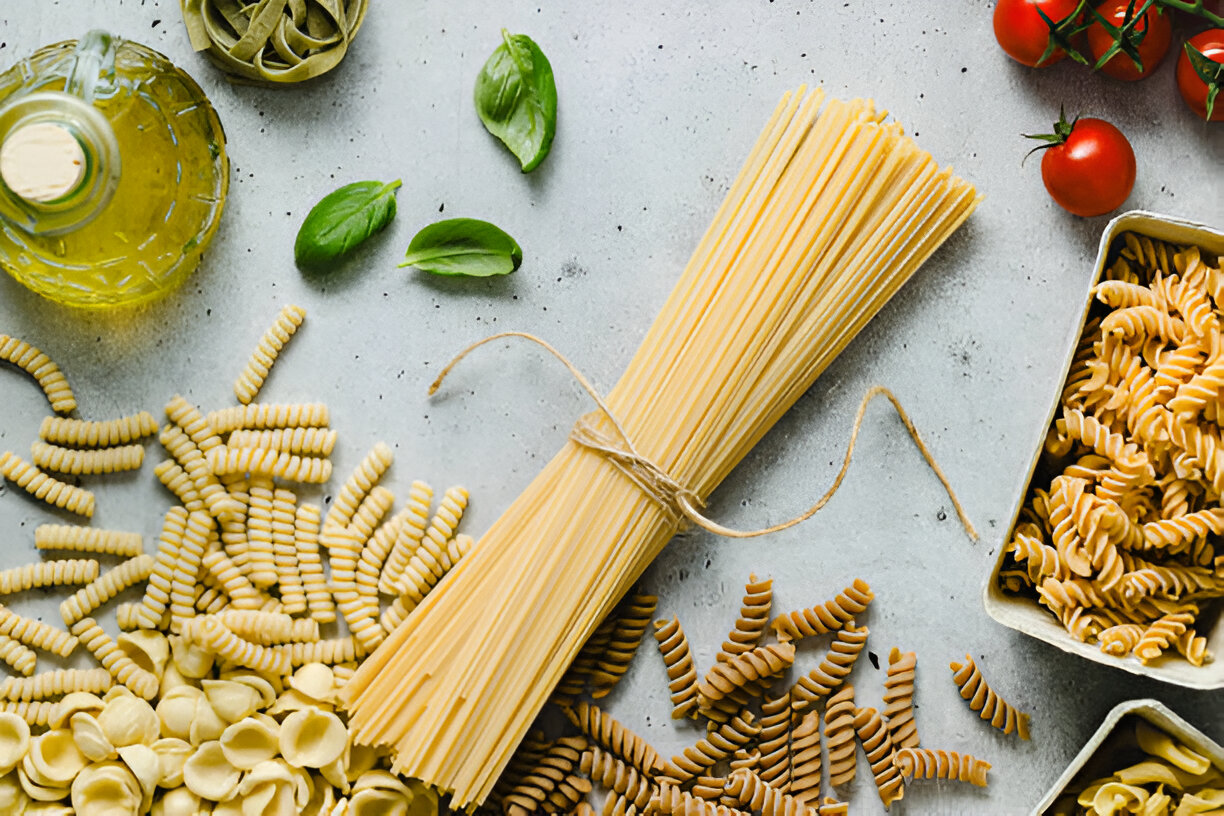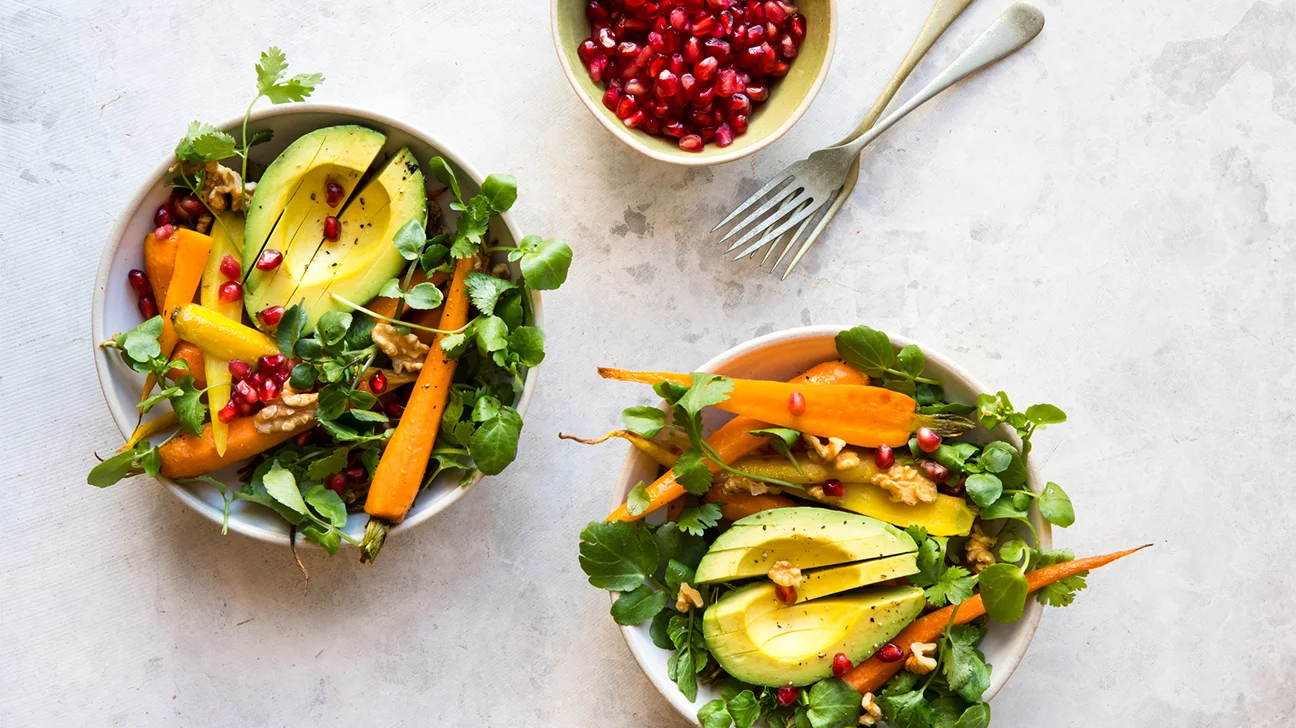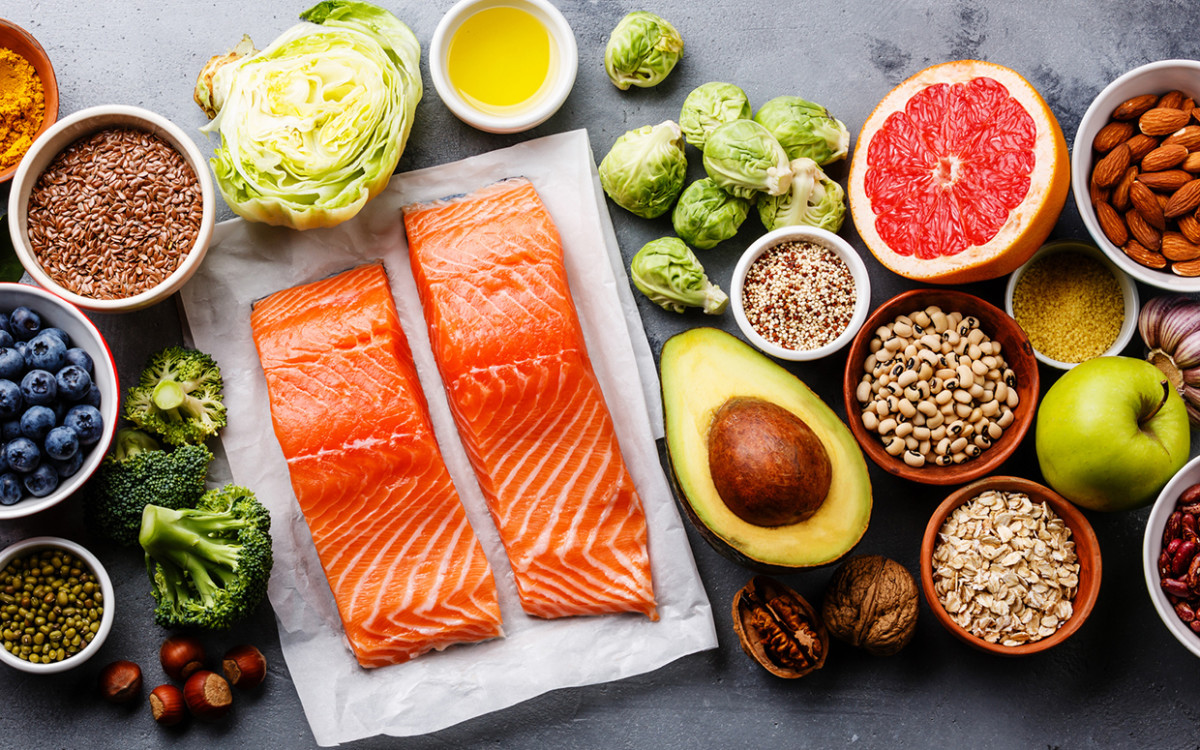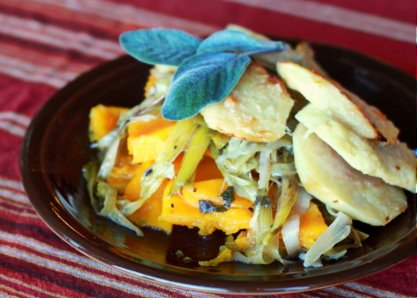
Age
45
Hometown
Portland, Oregon
Occupation
Nutritionist (replenishpdx.com)
Inspiration
My late husband's quiet determination and resolve. He found a soulful equanimity that I carry with me like a charm.
Andrea Nakayama was seven weeks pregnant when her husband, Isamu, went to the doctor with a three-day headache and received the diagnosis of a fatal brain tumor. Determined to extend his six-month life expectancy so he could know their only child, Andrea started researching ways to boost his immunity at home. A chapter in Michael Lerner's “Choices in Healing” turned her on to the idea that nutrition could affect the outcome of cancer. She's convinced this helped Isamu live two and a half years after his diagnosis. Inspired, Andrea quit her job in publishing to study to become a functional nutritionist.
How did you react when Isamu was diagnosed?
It was a complete shock. The idea that he could die seemed absurd. I oscillated between tears, nausea, and determination to change the outcome doctors were saying was inevitable, so he could be a father to our baby. He received conventional treatments including surgery and chemotherapy, but we also gave up sugar, dairy, and animal protein and adopted a whole-foods diet rich in phytonutrients from produce. He lived two years longer than expected. When I look at photos of him with our son, Gilbert, during the first year of Gilbert's life, Isamu looks vibrant and healthy, despite having cancer.
When did you decide to make nutrition your new career?
Those first three or four years after Isamu's death were a fog. The adjustment and loss were intense. I had a toddler, a demanding job in publishing, and I was doing it all alone. A close friend was diagnosed with colon cancer, and I started bringing her the best foods to help her recover from surgery (like mushrooms and herb broths), creating recipes, and sharing them with our friends. I stumbled onto a nutritionist's website, and it hit me: This was my calling. I started a five-year educational journey and cotaught an “Eat to Beat Cancer” class with an oncological naturopath. Then I opened a practice.
What are your clients looking for?
I see people with a variety of conditions who aren't getting the solutions they want from the mainstream medical model. I start by looking for food sensitivities through blood work or symptomology. If the gut isn't functioning, there's potential harm to all the body's systems.
What are your most popular “prescriptions”?
There are two rules I give all my clients: One is to eat a whole foods diet — and avoid ingredients you can't identify. The other is to consume healthy fat, fiber, and protein at every meal. Both of these steps will manage your blood sugar, make you feel sated, and ultimately allow for healing.
Changing your diet can be awfully hard. Any advice?
Trying to do too much at once is like walking a tightrope — you're probably going to fall. Imagine that you're building a path instead. It can be as narrow as you can handle and will grow wider or narrower depending on your circumstances.
Why do you love your job?
It's obviously satisfying when clients' symptoms go away, but I love seeing them make connections between what they eat and how they feel. I can see a light go on in their eyes. They've found the golden ticket.





